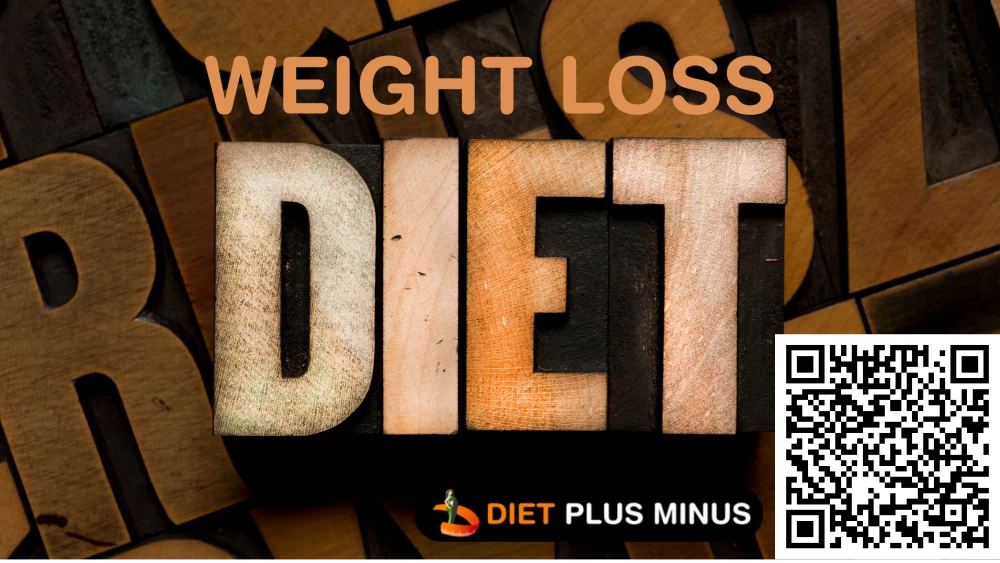
- 21st August 2022
Table of Contents
Programs to manage weight often consist of two stages: dropping pounds and keeping them off. It is obvious that dietary restriction is the crucial component of a weight-loss programme that determines the rate of weight reduction, even though exercise may be the most important aspect of a weight-maintenance programme. Only 15–30% of total daily energy expenditure is attributable to activity, while the entirety of daily energy intake comes from the food consumed. In this light, lowering caloric intake may have the greatest impact on the energy balance equation. Nearly infinite diet plans have been presented, but they all share the common feature of reducing the amounts of protein, carbohydrates (CHO), and fat in the diet.
Several other combinations of the relative amounts of these three energy-rich macronutrients are discussed below.
|
Various Types Of Weight Loss |
|
Hypocaloric diets that are nutritionally balanced
Most dietitians who counsel patients on weight loss recommend a low-calorie, low-fat diet high in fruits and vegetables. This diet consists of the same things the patient regularly eats, but in smaller portions. The U.S. Department of Agriculture's Food Guide Pyramid suggests that people should eat a varied diet with grains (like bread, pasta, cereal, and rice) making up the bulk of their daily intake, along with at least five servings of fruits and vegetables, moderate consumption of dairy and meat products, and a reduction in the intake of foods high in fat, sugar, or nutrient deficiency. It is essential to stress the portion sizes that were used to determine the recommended daily intake while using the Pyramid.
Meal replacement
Commercial meal replacement programmes can be purchased by customers at a reasonable price. The meal replacement business recommends using their products in place of one or two of the three daily meals, with the remaining meal being a healthy, well-rounded option. Moreover, two daily snacks should be made out of fruits, vegetables, or diet snack bars. Individuals following this strategy consume between 1,200 and 1,500 calories daily.
Hypocaloric diets that are nutritionally unbalanced
Unhealthy, low-calorie diets tend to be unbalanced, cutting back on several different macronutrient groups (protein, fat, and CHO). It is argued that these diets are more effective than others since they focus on limiting just one macronutrient.
Low carb-high protein diets
The ideal ratio of macronutrient intake for adults has been the subject of heated dispute. Although there is no significant difference in weight reduction between the high-protein diet and the high-CHO diet, the high-protein diet has been shown to generate better improvements in body composition while sparing lean body mass.
Low fat diets
When it comes to treating obesity, low-fat diets have been among the most popular options for a long time. Extreme versions of these diets suggest consuming no more than 10% of calories from fat. Although following such restrictive diets can result in weight loss, doing so for a lengthy period of time is challenging for persons who seek to enjoy a regular lifestyle.
Very low calorie diets
Though popular for weight loss in the 1970s and 1980s, very low calorie diets (VLCDs) have since lost their appeal. Both the Food and Drug Administration and the National Institutes of Health consider a diet consisting of less than 800 calories per day to be very low in energy density. The scientific definition of a healthy diet is one that delivers 10 to 12 kcal/kg of "ideal" body weight/day, but this does not take into account individual differences in body size (Atkinson, 1989). Powdered formulae or limited-calorie servings of foods including a high-quality protein source, CHO, a small percentage of calories as fat, and the daily needs for vitamins and minerals are the most common types of VLCDs used today. Three to five servings a day are recommended. The major objective of very low calorie diets is to cause quick weight loss without significant muscle loss. VLCDs do this by including a protein formula or foods like fish, lean meat, and poultry that contain 1.2 to 1.5 g of protein/kg of ideal body weight.

High fiber diets
Some researchers believe that the good effects of low-fat diets can be attributed to the high content of vegetables and fruits that contain considerable levels of dietary fibre, as these foods tend to make up a large percentage of low-fat diets. High-fiber diets are advocated for their potential to change metabolism and cut down on caloric consumption.
Dietary fibre may be helpful because of the following mechanisms:
- Calorie dilution (most high-fiber foods are low in calories and low in fat);
- Reduced total intake due to increased chewing and swallowing time;
- Increased gastric and intestinal motility and emptying and decreased absorption; and
- Decreased hunger and increased satiety. Most controlled studies investigating the benefits of dietary fibre on weight loss indicate little to no weight loss, indicating that dietary fibre is not a magic bullet.
